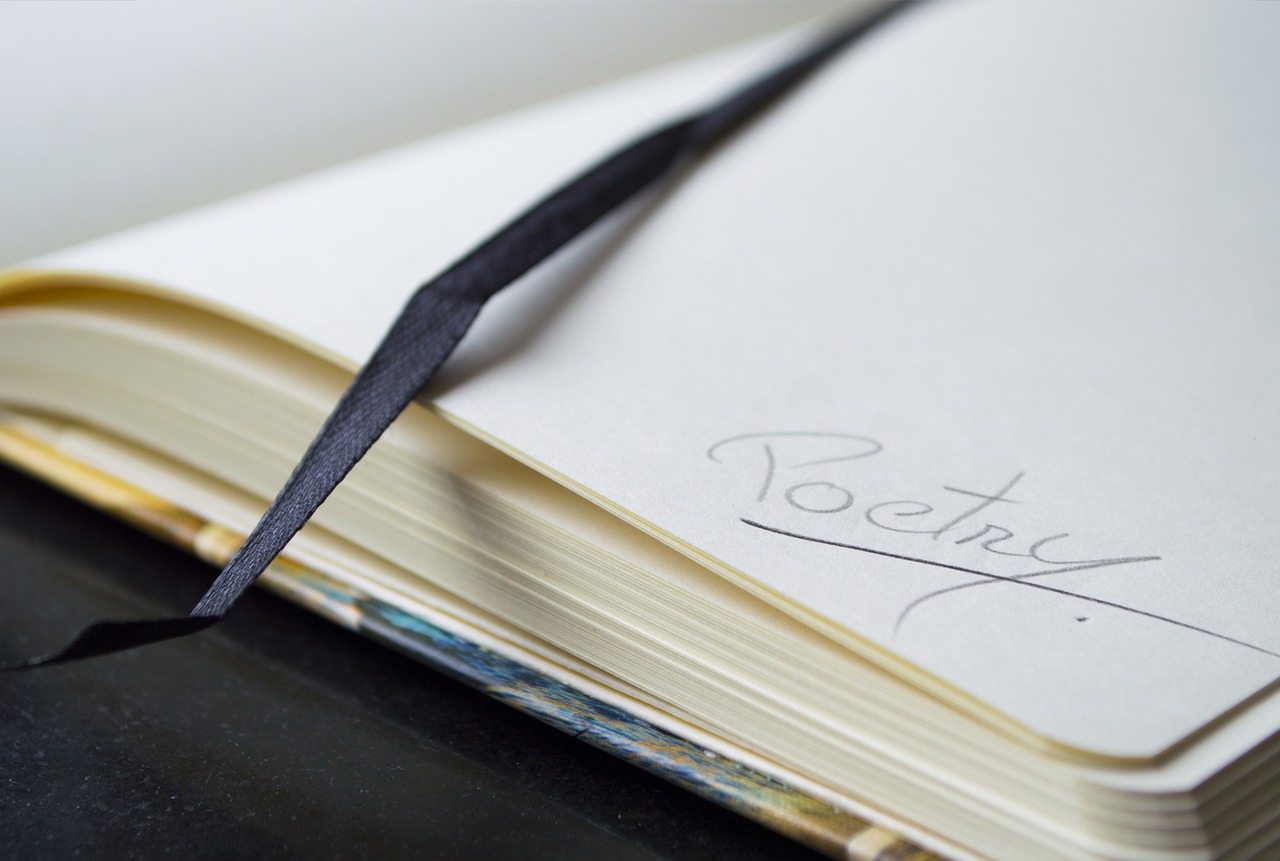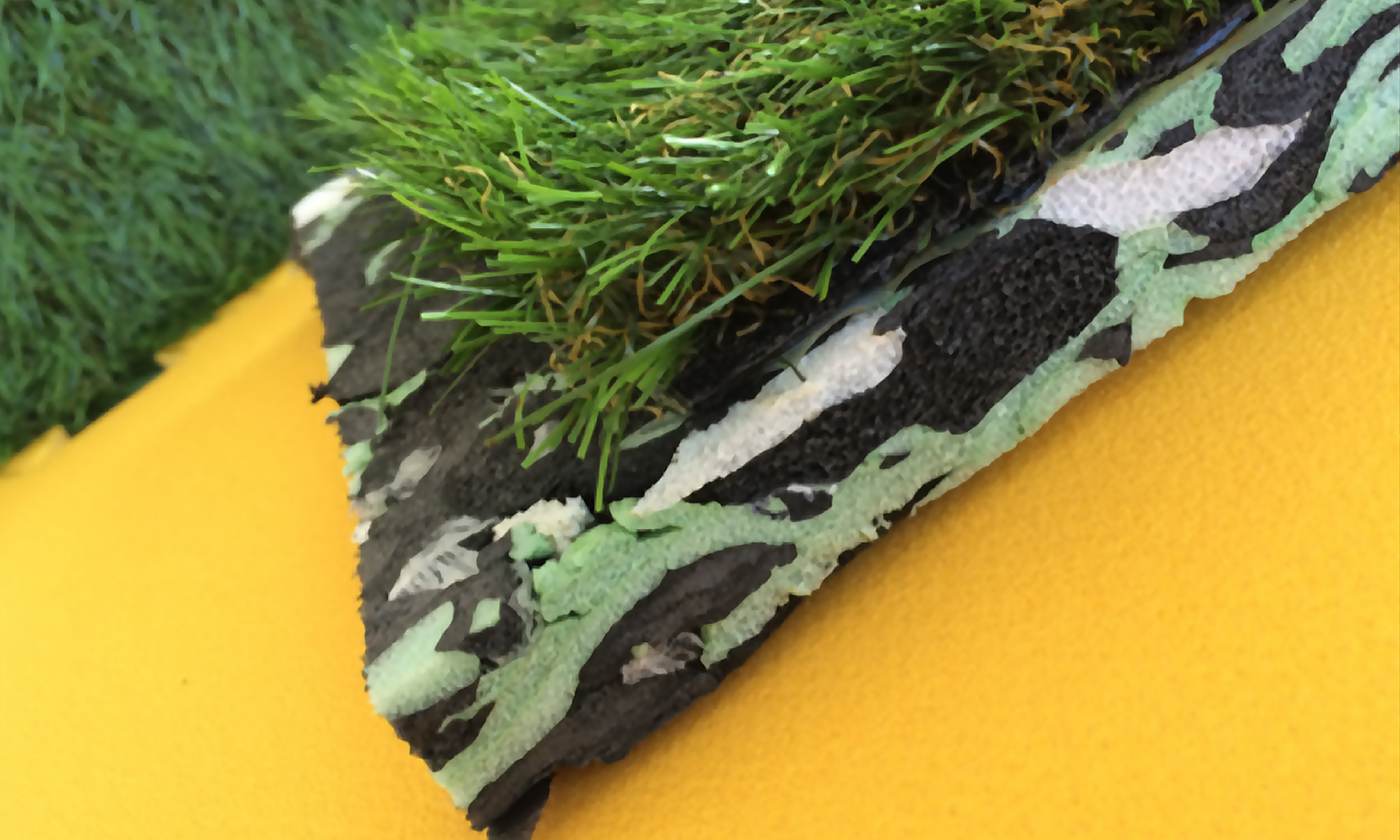
Drawing Inspiration: Pencil Drawing Ideas for Beginners and Pros
The beauty of pencil drawing lies in its simplicity. It’s a timeless art that has inspired artists of all skill levels for generations. Whether you’re a beginner or an experienced artist, there are plenty of pencil drawing ideas to explore and challenge your creativity.
One idea is portrait drawing. Portraits are a classic subject for pencil drawing and a great way to capture a person’s essence. You can experiment with different facial expressions and lighting to add depth and emotion to your drawings.
Another idea is landscape drawing. Nature is a beautiful muse for artists and drawing landscapes can be a wonderful way to connect with the natural world. You can use different techniques such as shading and hatching to create texture and depth in your work.
If you’re looking for a more dynamic challenge, try urban sketching. Drawing cityscapes and urban scenes can be a fun way to explore your surroundings and capture the energy of the city.
For a more basic exercise in observation, still life drawing can help improve your drawing skills. Draw inanimate objects such as fruit, flowers, or household items to practice capturing the details and intricacies of real life.
Doodle art is a fun and freeform type of drawing that doesn’t require any specific subject matter. Let your imagination run wild and create intricate and colorful designs with your pencil.
If you love comics and graphic novels, try your hand at creating your own comic book characters and scenes with pencil drawing. You can bring your characters to life and create dynamic and engaging narratives.
Abstract drawing can be a great way to experiment with color, shape, and form. Use pencils to create bold and dynamic abstract designs that challenge the eye and inspire the imagination.
Finally, for a more realistic challenge, try drawing realistic objects, animals or people. Use pencils to create startling and lifelike images that capture the details and intricacies of real life.
Portrait Drawing
Portrait drawing is an excellent way to showcase your drawing skills. Whether you’re drawing yourself, your family, or your friends, it’s important to pay attention to the smallest of details. Capturing the essence and personality of your subject is what makes a good portrait.
Experiment with different facial expressions, poses, and lighting to create your perfect drawing. Taking a photo of the subject can be an excellent reference point to help you recreate the essence of the person. Practice creating different tones and shadows with your pencil to give depth to your portrait.
Another tip is to pay attention to the details. Even minor variations in facial features like the shape of the nose or size of the eyes can make a big difference in the final result. Take your time and work on the drawing in stages so you can consistently evaluate your progress. With practice, anyone can improve their portrait drawing abilities and create stunning pieces.
Landscape Drawing
Nature is a beautiful and versatile subject for pencil drawing. Drawing landscapes with pencils can offer a wide range of challenges and rewards, from capturing the light and shadows of a sunset to creating the textures and contours of various natural elements.
One technique to create texture and depth in landscape drawing is through shading and hatching. This involves using the pencil to create lines and patterns that simulate the texture of the subject matter. For example, hatching can be used to create the appearance of a field of grass or a tree trunk, while shading can be used to create the illusion of distance and depth in a landscape.
Another approach is to experiment with different pencils and techniques to create a range of values and tones. By using different pencils, such as 2B or 6B, an artist can create a full range of light and dark values in their drawing. Techniques such as blending and smudging can also be used to create a smooth and seamless transition between different values and tones.
Whether you prefer a realistic or impressionistic approach, there is no shortage of inspiration in the natural world. So, grab your pencils and head outdoors to explore the beauty of nature and challenge yourself to create stunning landscapes on paper.
Urban Sketching
Urban sketching is a type of drawing that focuses on capturing the essence of cityscapes and urban scenes. It’s a great way to explore your city or a new place, and to capture the energy and spirit of the urban landscape.
When urban sketching, try to focus on the unique aspects of the cityscape, such as its architecture, people, and landmarks. One technique to try is to focus on a specific area of the city and draw everything you see without lifting your pencil from the paper. This will help you to capture the energy and movement of the city, and to create a dynamic and engaging drawing.
You can also experiment with different types of pencils and shading techniques to create texture and depth in your urban sketches. Try using hatching and cross-hatching to create shadows and highlights, and to give your drawings a sense of depth and three-dimensionality.
Finally, don’t be afraid to take risks and try new things when urban sketching. The best urban sketches are often those that capture the unique personality and energy of the city, and that bring a sense of excitement and adventure to the drawing.
Still Life Drawing
Still life drawing is a popular form of pencil drawing that focuses on drawing inanimate objects. These objects can range from simple subjects like fruit and flowers, to household items like books and lamps. The key to still life drawing is to observe and capture the details and nuances of these objects.
One of the benefits of still life drawing is that it can help improve your overall drawing skills. This type of drawing encourages careful observation of the subject matter, which can improve your ability to accurately depict form, texture and shading in your work. Still life drawing also gives you the opportunity to experiment with composition and lighting techniques to create compelling and interesting images.
If you’re new to still life drawing, start with simple objects and gradually work your way up to more complex subjects. Consider using different techniques such as shading, hatching, and cross-hatching to create texture and depth in your work. You can also experiment with different mediums such as charcoal and graphite to add variety and interest to your drawings.
Doodle Art
Doodle art is a type of drawing that is freeform and fun. Unlike other forms of drawing, doodle art doesn’t require any specific subject matter. The beauty of doodle art is that you can let your imagination run wild and create intricate and colorful designs with just a pencil.
There are no rules when it comes to doodle art – you can create whatever comes to mind. Some people enjoy creating abstract designs, while others might incorporate recognizable objects or patterns into their doodles. The key is to let your hand move freely and see where your pencil takes you.
Doodle art can be a great way to de-stress and unwind. It doesn’t require any special equipment or materials, and you don’t need to worry about making mistakes. In fact, mistakes can often lead to the creation of a new and interesting design.
If you’re looking to explore your creativity, or just want a fun and relaxing activity, give doodle art a try. You might be surprised at what you come up with!
Comic Book Drawing
If you’re a fan of comics and graphic novels, why not try your hand at creating your own comic book characters and scenes? With pencil drawing, you can bring your characters to life and create dynamic and engaging narratives. Start by sketching out your characters and deciding on their appearance and personality. Then, think about the story you want to tell and how you can use different panel layouts and sequencing to bring it to life.
Experiment with different techniques such as shading and cross-hatching to add depth and dimension to your drawings. You can also use pencils of different hardness to create varying levels of darkness and texture. Don’t be afraid to be bold and imaginative with your comic book art – this is the perfect opportunity to let your creativity run wild.
If you’re feeling stuck, try looking to your favorite comics and graphic novels for inspiration. Study the techniques used by your favorite artists and see how you can incorporate them into your own work. With a little practice and patience, you can create your own comic book masterpieces using nothing but a pencil and your imagination.
Abstract Drawing
Abstract drawing is a great opportunity to explore your creativity and create something unique and captivating. This type of drawing is all about using color, shape, and form to create bold designs that challenge the eye and inspire the imagination. With pencils, you can create dynamic and multi-dimensional abstract art that captures the spirit of your vision.
One technique to try with abstract drawing is to let your pencil move freely without any clear plan in mind. Allow yourself to be guided by color and form, and see where your imagination takes you. Alternatively, you could plan out your design in advance and then use pencils to bring your vision to life. A combination of these two approaches can produce truly unique and beautiful works of art.
Remember to experiment with different techniques and materials to create a variety of effects. Different types of pencils and paper can produce varying shades and textures, so don’t be afraid to mix things up and try something new. Above all, have fun with your abstract drawing and let your imagination run wild!
Anime and Manga Drawing
Anime and manga drawing is a great way to express your creativity and bring your favorite characters to life. With pencil drawing, you can create unique textures and tones that give your drawings a distinct look and feel. To get started, try practicing with simple character designs and gradually work your way up to more complex ones.
One tip for drawing anime and manga characters is to pay attention to their facial features and expressions. This will help you capture the character’s personality and make them come alive on the page. You can also experiment with different pencil strokes and shading techniques to create depth and dimension in your drawings.
Another aspect of anime and manga drawing to consider is the use of different types of lines. For example, thick and bold lines can be used for outlining characters and objects, while thin and delicate lines can be used for details and shading. By playing around with different line styles, you can create dynamic and eye-catching drawings.
Overall, anime and manga drawing is a fun and rewarding art form that allows you to explore your creativity and imagination. With some practice and patience, you can create stunning drawings that capture the essence of your favorite characters and bring them to life on the page.
Realistic Drawing
Realistic drawing is a great way to challenge your skills and capture the essence of real life on paper. When it comes to drawing realistically, attention to detail is key. Pay close attention to the subtle nuances in your subject and try to recreate them with your pencil.
One way to approach realistic drawing is to work with reference images or live subjects. Take your time to carefully observe and study your subject, paying attention to things like lighting, shadows, and textures. Experiment with shading and hatching techniques to create depth and dimension in your work.
- Start with basic shapes and work your way up to the finer details.
- Use shading to create highlights and shadows that give your subject a sense of depth and dimension.
- Pay attention to linework and use different pencil weights to create texture and depth.
Whether you’re drawing a still life, a portrait, or a landscape, realistic drawing can be a rewarding and challenging experience. Don’t be afraid to make mistakes and continue practicing to refine your skills and take your drawings to new heights.



